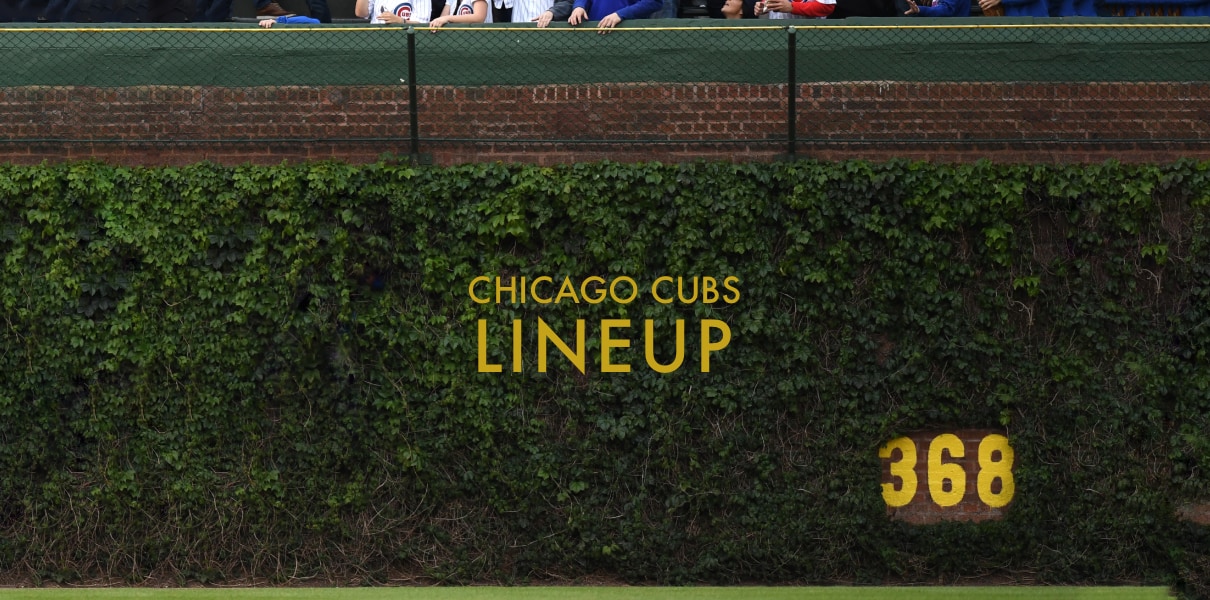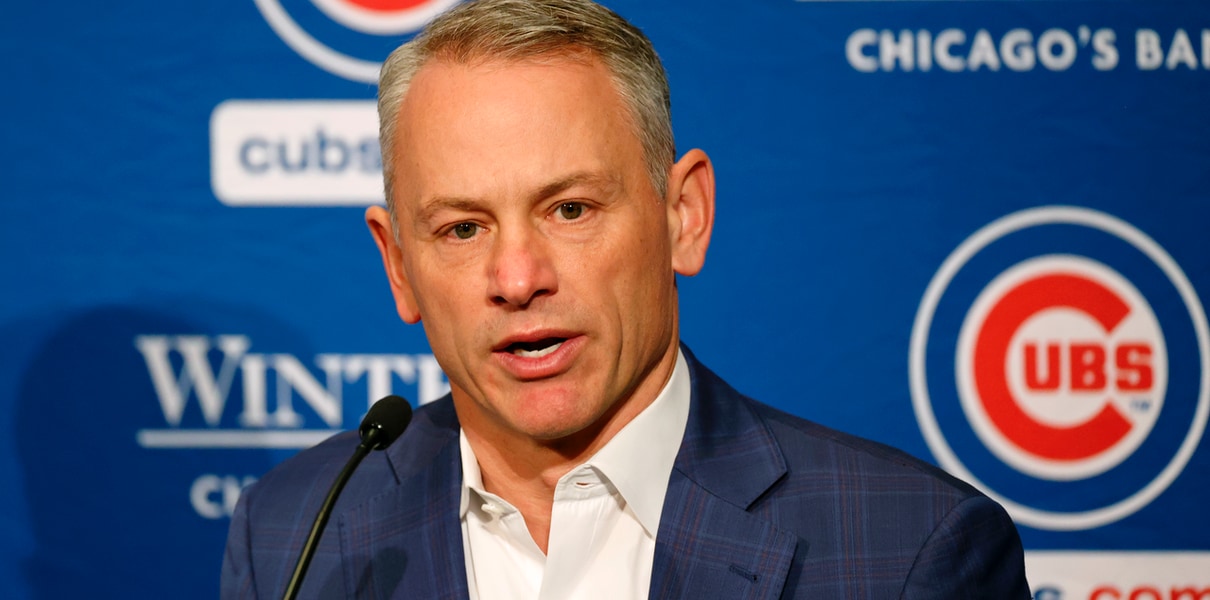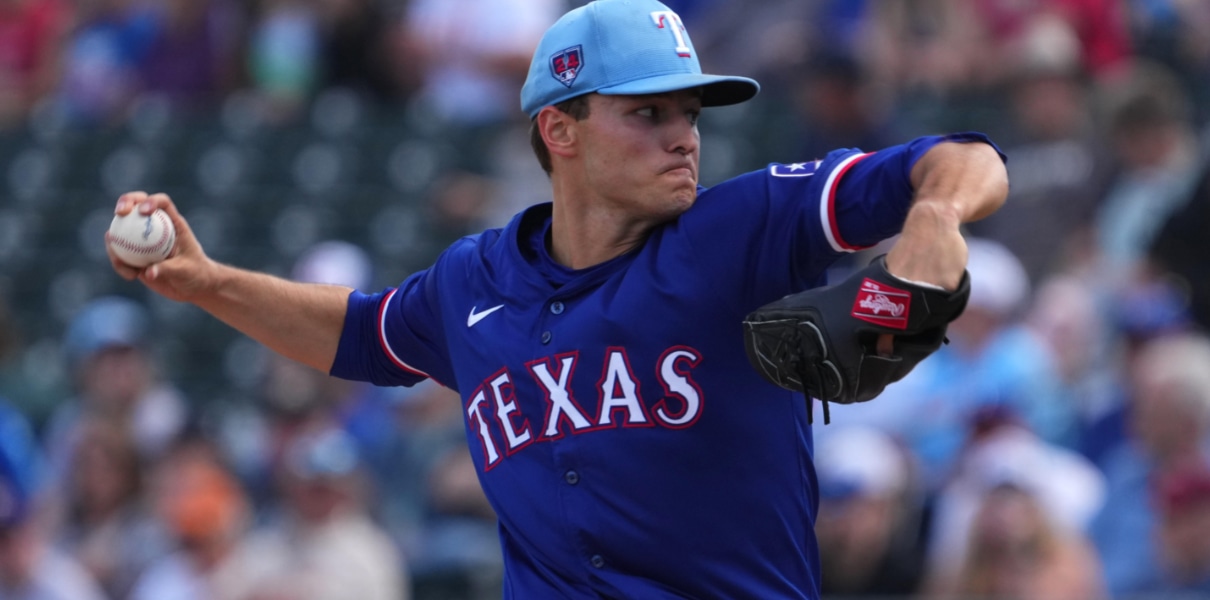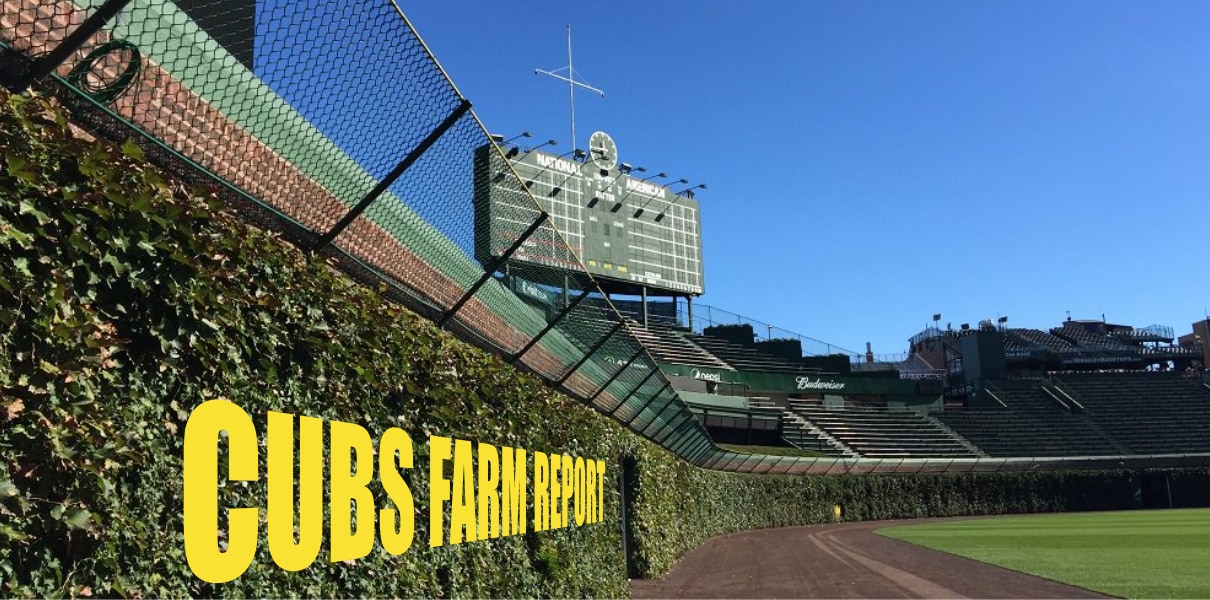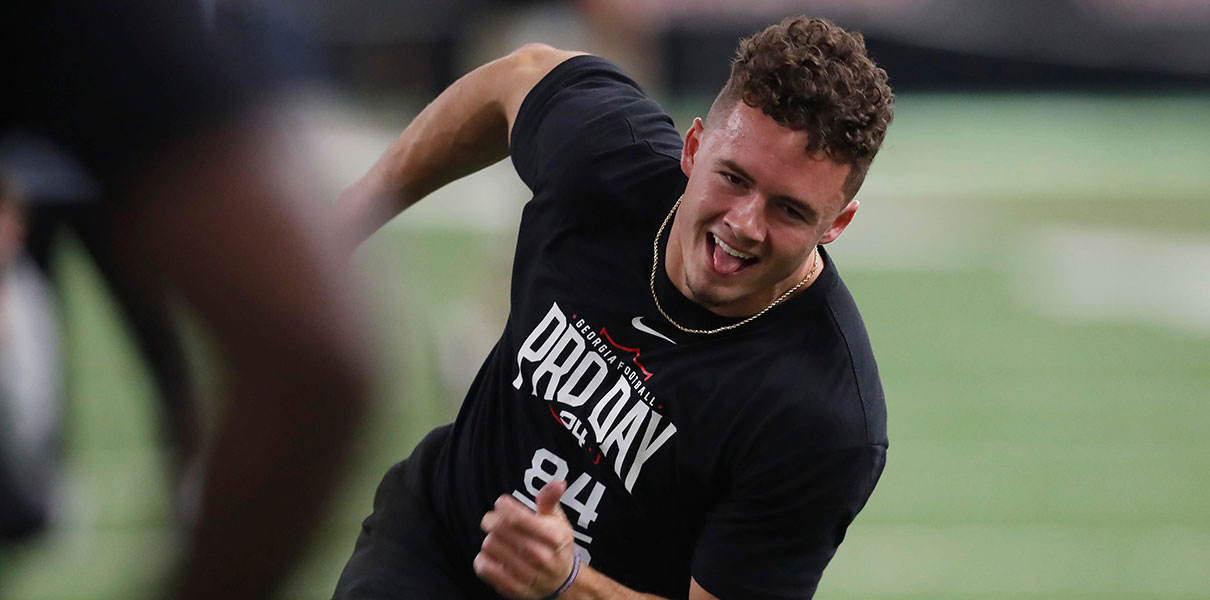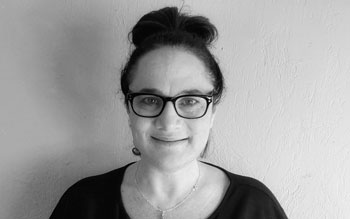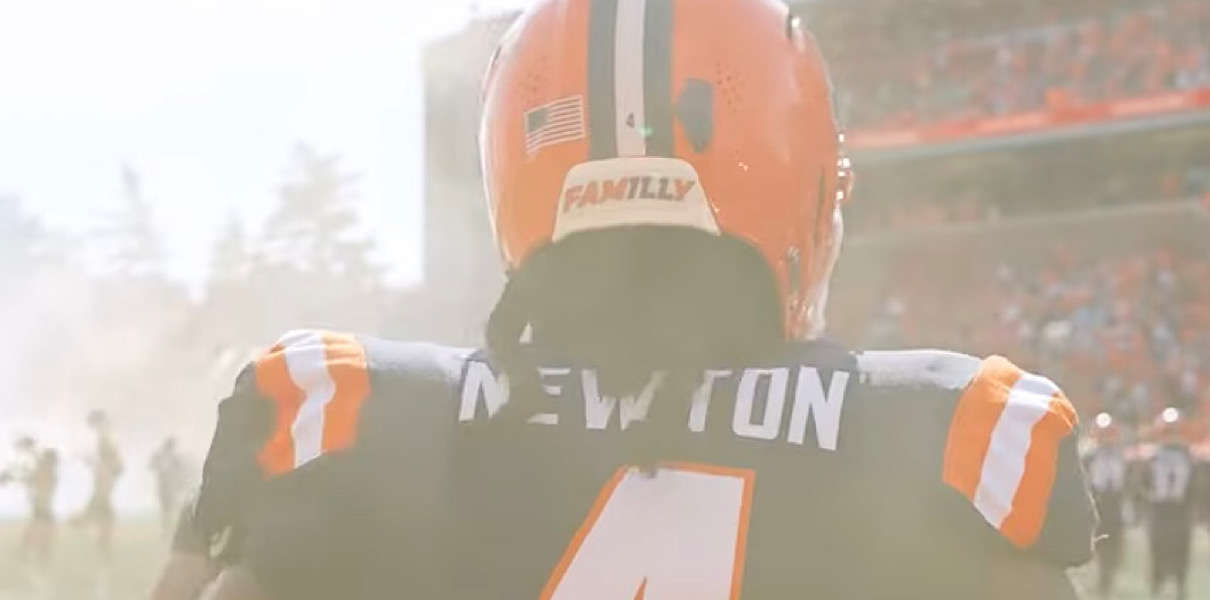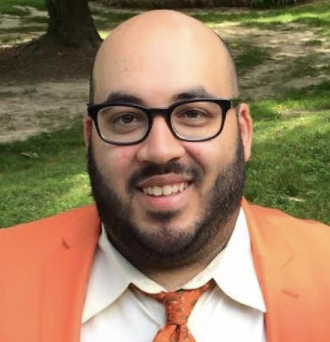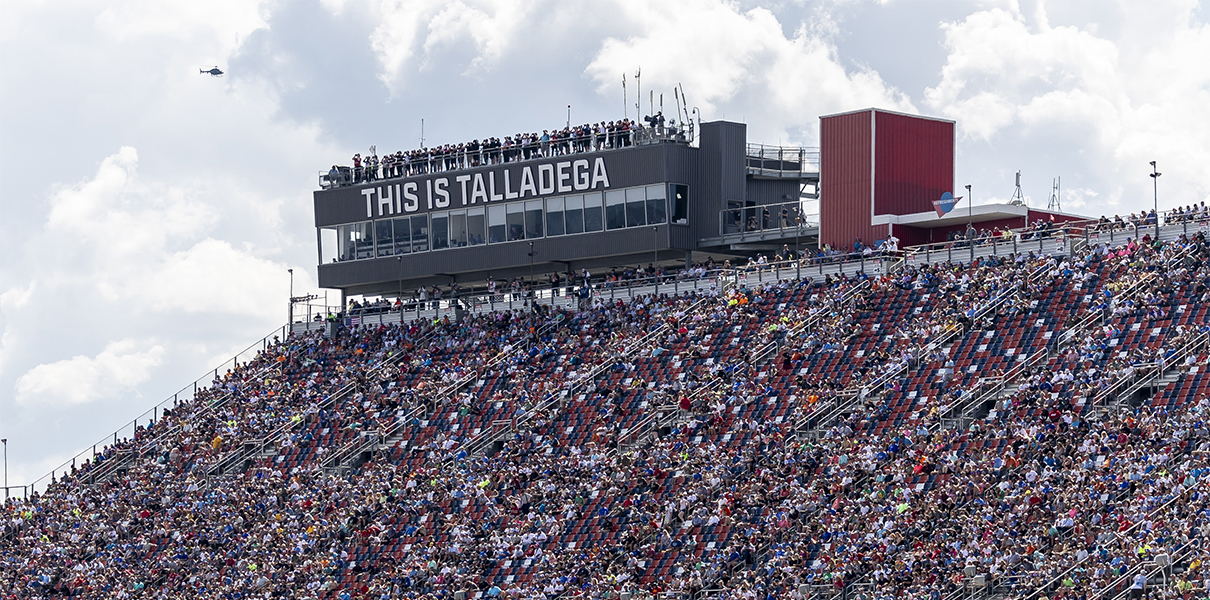Chicago Cubs President Jed Hoyer was at Wrigley Field to talk to the media before last night’s game, and you can see his comments here, here, here, here, and here, among other places.
Some of his thoughts and my own …
Why Christopher Morel Wasn’t Up Sooner
One of the biggest questions everyone has for Hoyer, given how things have played out, is whether he thinks it was a mistake not to have Christopher Morel up sooner.
“Certainly, you can look at it and say, ‘Boy, I wish we had those home runs from Iowa here,'” Hoyer said. “Or you could say the reason he hit the home runs here [was] because he got on a roll in Iowa, getting confident and playing every day. We didn’t want to bring him up to not play every day. So, with both [Matt] Mervis and with Morel, I think you can look at it that way, but I also think letting these guys play every day in Iowa, getting on a roll I think certainly helped them.”
It’s unknowable as an absolute, of course. You cannot say for sure that Morel would’ve hit like this in the big leagues to open the season *OR* that he would be hitting this well now if he’d started in the big leagues. That isn’t me saying the front office’s decision not to carry Morel to open the season was correct or incorrect – only that it’s hard to know.
I will point out something in each direction, though: had Morel opened the season on the big league roster, I know for sure he wouldn’t have been playing every day, and that is never good for a young player’s development; but, on the flip side, if he’s this good, shouldn’t the Cubs have KNOWN that he SHOULD have been playing every day? Aren’t you supposed to know your own players better than anyone else?
To that second point, Hoyer did mention earlier this year, shortly before Morel was promoted, that the Cubs didn’t want him up until and unless he was playing every day. So this issue was definitely on their radar. Maybe Morel needed that first month at Iowa to get into a real rhythm with his slightly new swing. Maybe he would’ve done the same thing in the big leagues. We can’t know. All we know for sure is that how things played out did work in terms of setting up Morel for the success he’s having right at this moment.
I’m a bird in hand guy, so that sounds better to me than a hypothetical world where Morel plays sporadically in April and never gets hot in the first place.
Struggles Building the Bullpen
On the bullpen’s struggles, Hoyer takes the blame for the way the construction has worked out so far, particularly the imported veterans not immediately being able to handle high-leverage.
“We’ve been building bullpens that way for a while,” Hoyer said. “This year, that hasn’t worked yet, and that’s on me. I think that’s put (David Ross) in a tough spot. That hasn’t lined up the way we kind of expected it to. We’ll get there. I think we have a lot of power arms in the Minors and in the organization, and we’re gonna get there. But that area that we’ve had a lot of success for a while, it hasn’t been an area of success this year. I think that’s been hard on Rossy, and that’s on me.”
Hoyer won’t say it explicitly, but the guys who fit that Robertson, Givens, Tepera, Chafin, Givens mold – or who were expected to – were Michael Fulmer and Brad Boxberger. There is still time for Fulmer to lock down his command and for Boxberger to get healthy, but we’re going to be two months into the season with that part of the bullpen construction having not worked.
New Arms Coming for the Bullpen?
To that point, we may increasingly see an influx of young arms.
We know about Daniel Palencia’s conversion to relief, and his arrival at Triple-A Iowa. But he’s not the only guy having been converted already this year. Luke Little, Ryan Jensen, Chris Clarke, and Riley Thompson have all also already been converted to full-time relief. There could be more coming.
No signal from Hoyer on the plans for Codi Heuer, who is eligible to return from the 60-day IL as soon as next week: “Obviously he can help us. So once we feel like he could definitely help us up here and it’s the right thing, we’ll bring him up. It’ll be nice to have him and his experience come out of the bullpen.”
My guess is, if he’s fully healthy, Heuer is going to come back pretty soon after his eligibility date, because the Cubs are going to want to know where he is and how he fits the rest of the way. Not that you’d want to use it, but he does have minor league options remaining.
Jameson Taillon’s Rough Start
The Cubs specifically targeted starter Jameson Taillon on free agency, but so far, it’s been an ugly beginning to his Cubs career.
“He wants to live up to his contract, he wants to impress the fans, and I think that’s a challenge,” Hoyer said. “We’ve seen it so many times with different guys. [Craig] Kimbrel struggled when he first got here; was awesome after that. [Yu] Darvish struggled when I first got here; almost won a Cy Young. So, I’m not the least bit worried. Not worried, and also now putting in the time to really figure out exactly what we can do for him. We’re spending all that time, and I think we’ll get there hopefully really quickly.”
Making Trade Deadline Plans and When You Start
As for the Trade Deadline, yes, Hoyer is already thinking about it. But only because he’s always thinking about it. “You’re always thinking (about the trade deadline). It’s a real factor in every season, right? Whether you’re looking for reinforcements, whether it’s a year where you’re selling, every team has it. You want to act with conviction when you get there — either direction. Like I’ve said all along, I want nothing more than to be on the (buy) side of the transaction.”
To that end, Hoyer added that he’s not necessarily thinking about directionality just yet, only about the play of his own team – but eventually you have to make decisions: “Obviously, if someone was running away with (the division), you’d feel differently. But I try my hardest early in the season — I really don’t look at the standings and things like that. You have to focus on what you’re doing. I think I’ve said that a lot around the deadline time. You have to focus on: ‘Is your team good enough? How are you playing?’ I spend almost all of my time thinking about us and how we can get better and how we can play better. Certainly, it’s great that no one is running away with the division. But ultimately, the standard has to be high. You have to build a team that can win at every level …. How we play over the next month is very important. It’s not early forever.”
That tracks with what we’ve been saying: by the end of June, at the latest, the Cubs are probably going to want to have a strong sense on the directionality of their Trade Deadline plans, because you start doing the work necessary to make it a successful deadline. In theory, you can do a better job of buying if you know a month in advance that you’re going to be buying; and vice versa on selling. So how the Cubs play over the next month could wind up critical to the path of the whole rest of the season.




